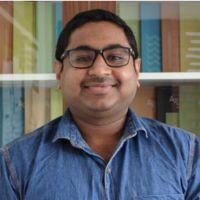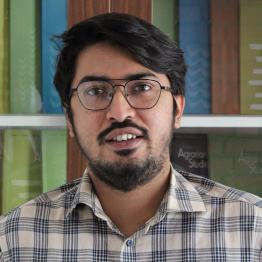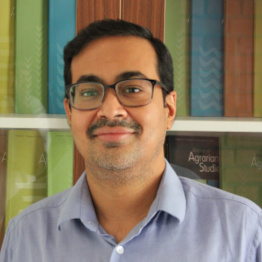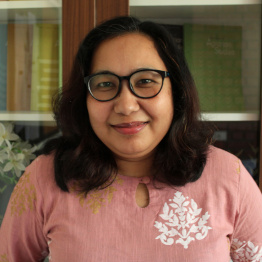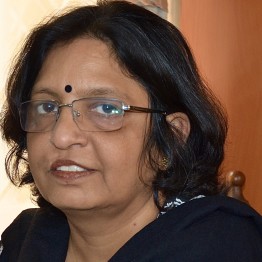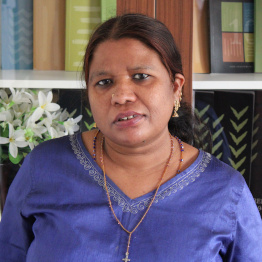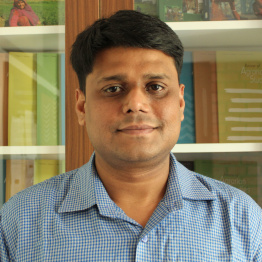Workshop on Contemporary Rural Issues in India: Day 1
A two-day workshop to explore the research interests of young scholars working in the field of agrarian studies and different socio-economic aspects of rural life in India was organised by the Foundation for Agrarian Studies on December 4-5, 2017, at Cherthala, Kerala.
The workshop was attended by about 50 students and scholars from different parts of the country, who interacted with senior scholars on the subject. The list of faculty that attended the workshop include: D. Narayana, John Harris, Judith Heyer, Madhura Swaminathan, T. Jayaraman, Venkatesh Athreya, and V. K. Ramachandran. The Concept Note, circulated prior to the event, can be found here.
A report on the second day of the workshop is provided here.
The two-day Workshop began at 10 a.m. on December 4 at the conference room of KTDC Suvasam, Cherthala, Kerala.
The programme began with a brief introduction by Sandipan Baksi on the major activities of the Foundation for Agrarian Studies. The first session by Venkatesh Athreya dealt with the ideas of Marx on the agrarian question. Quoting extensively from Marx, Professor Athreya presented a broad picture of Marx’s views on the transition from feudalism to capitalism, peasant production, the small farmer, and the concept of ground rent. He underlined the fact that for Marx, capitalism was a progressive system that could consistently improve productivity in agriculture; however, it could not be sustainable in the long run.
The session on “Indian Agricultural Economy” began with a presentation by Madhura Swaminathan on inequalities in the agrarian economy of India. She focused on the socio-economic condition of small farmers in India, emphasising that the agrarian crisis in India is a crisis of incomes and livelihoods, and not one of production. It is a differentiated crisis with a small section of rural population accumulating, investing, and making surplus, while the majority – peasants and small farmers – suffer from indebtedness and poverty. Arindam Das’s presentation on rural employment and wages, based on work with Professor Usami, began with a description of the various databases to study wages in India. While describing the trends in wage rates, he talked about the stagnation in wages after 2014 and the persistent differential wage rates between male and female workers.
The post-lunch session on “The Non-Farm Economy of Rural India” began with a detailed presentation by Judith Heyer based on her work on the Coimbatore region. Based on data from her study of seven hamlets of a village, conducted at three different points of time, she identified a “symbiotic relationship” between agriculture and industrial development. Professor Heyer claimed that these villages have experienced significant improvements in living standards because of the opportunities that have arisen due to the development of the industrial cluster. She commented upon the significant decline in dependence on agriculture in the region. To understand changes in rural India, she emphasised the need to study villages in the context of local economies and over time. Commenting on the presentation, Madhura Swaminathan presented evidence from PARI data to show that agriculture still constitutes a significant proportion of household income, despite its declining share in GDP.
The last session of the day was dedicated to a discussion between young scholars and faculty members. The interaction pertained to specific research problems on which the scholars are working or intend to work.
A collection of photographs is given below.


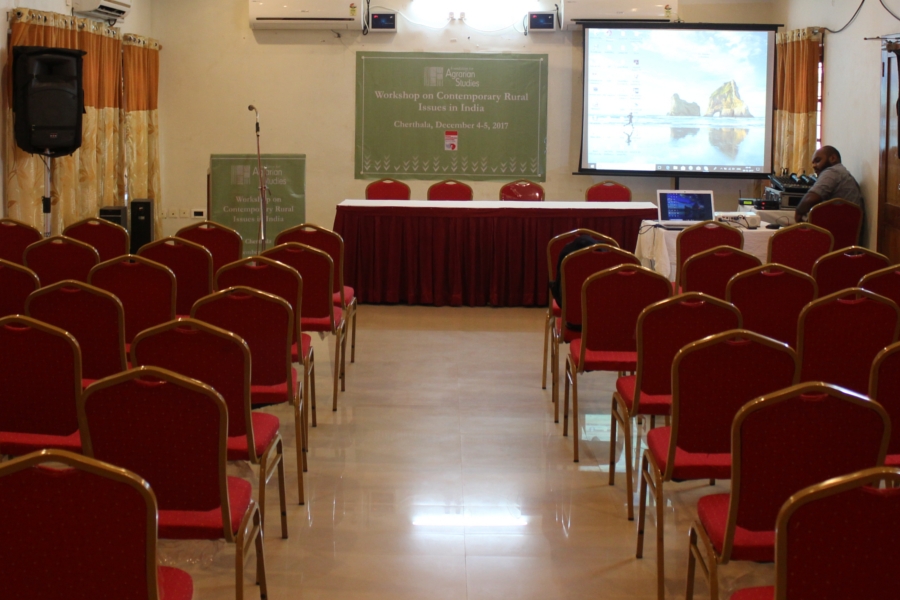
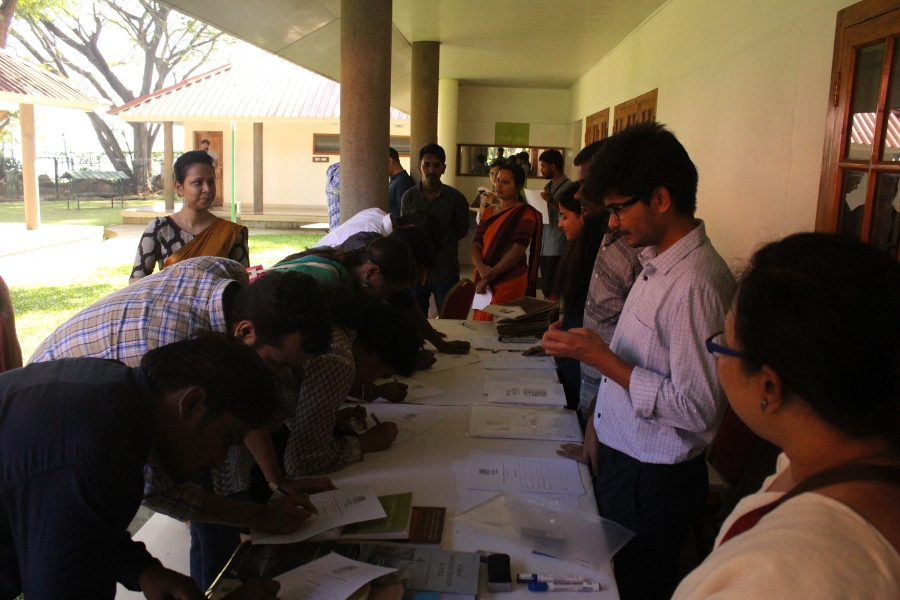
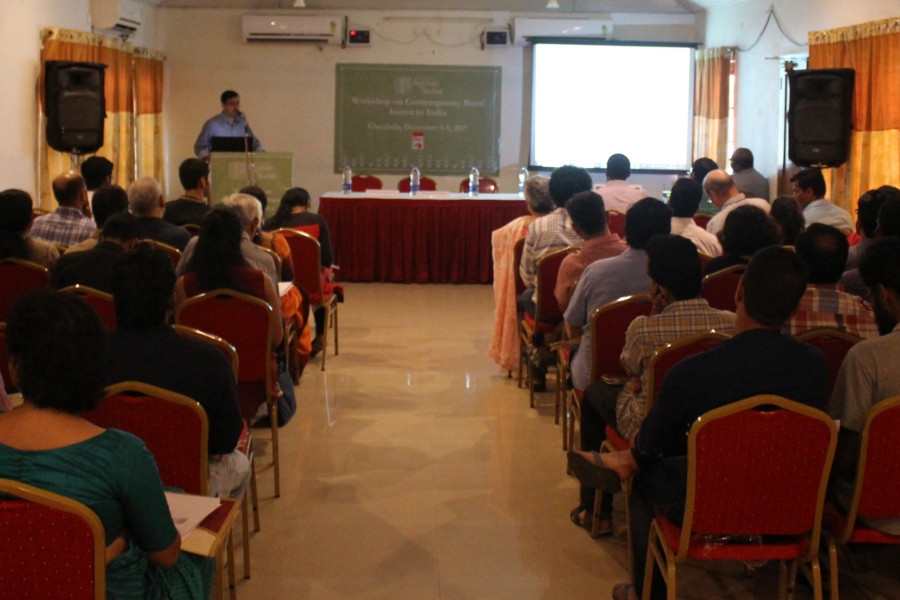
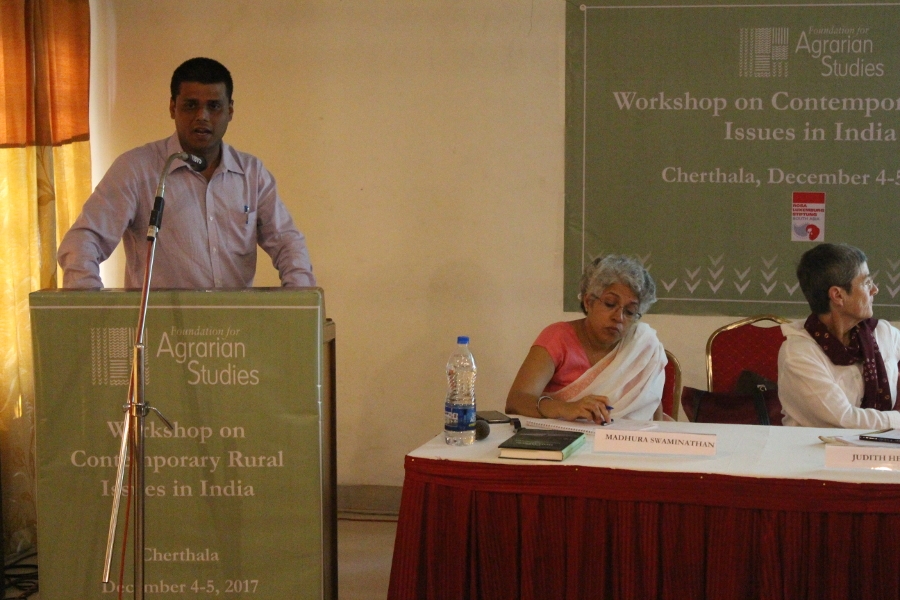
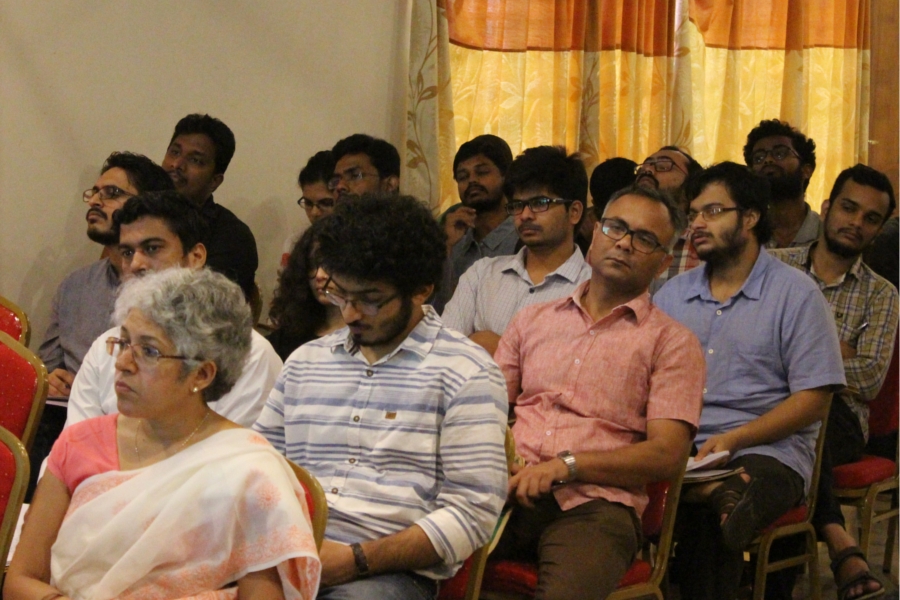
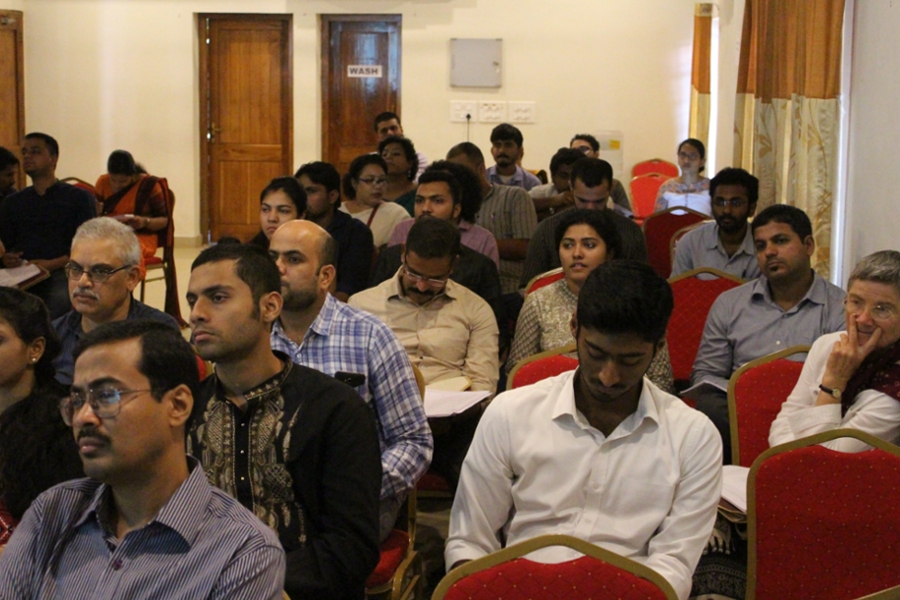

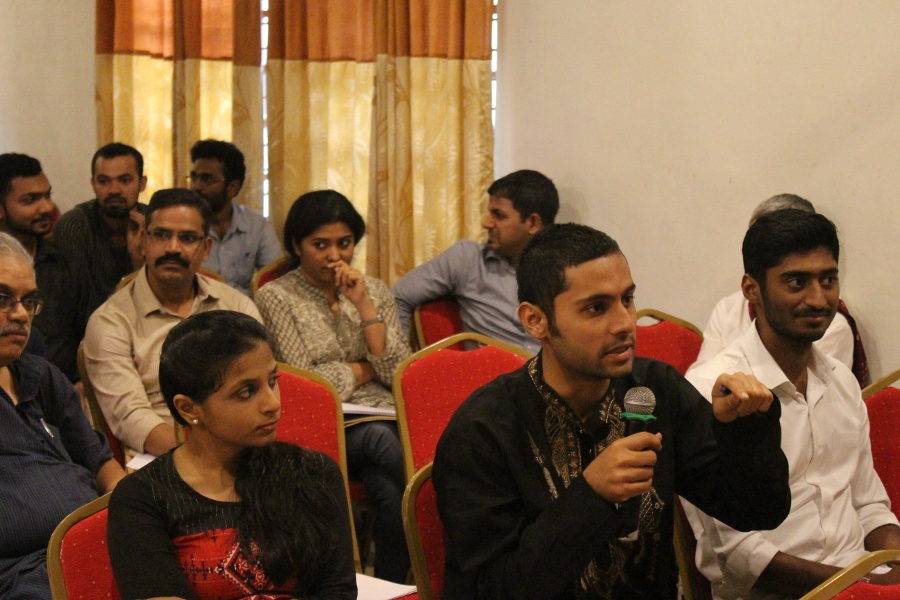
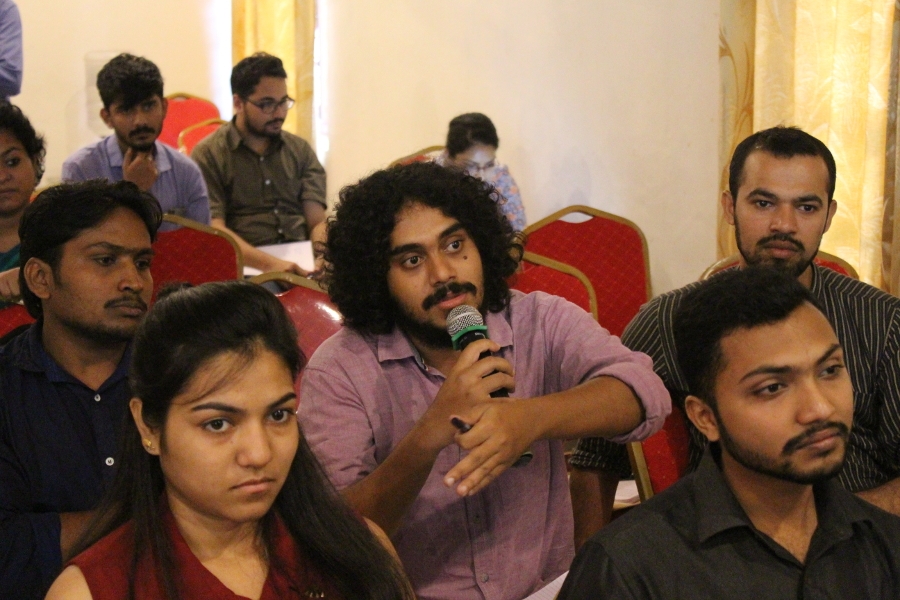
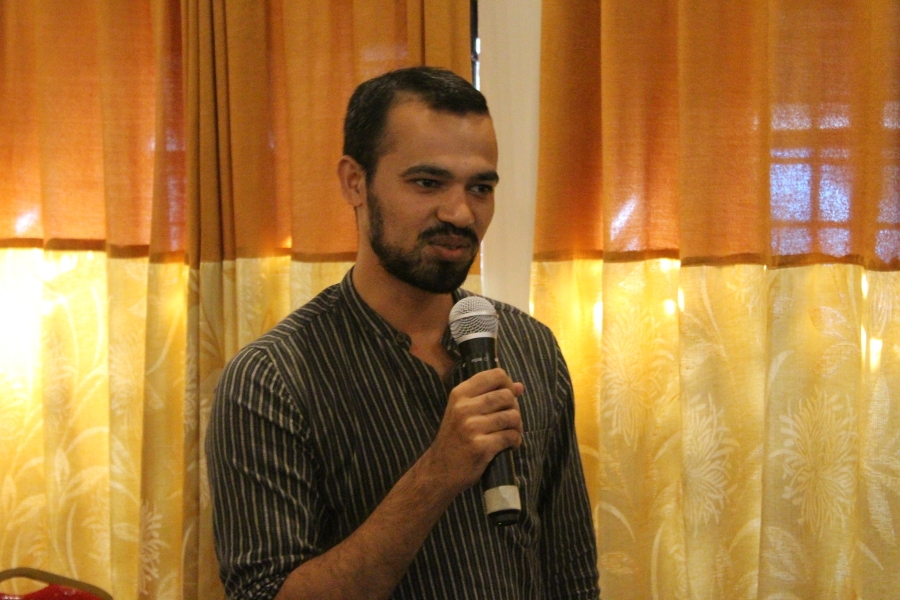
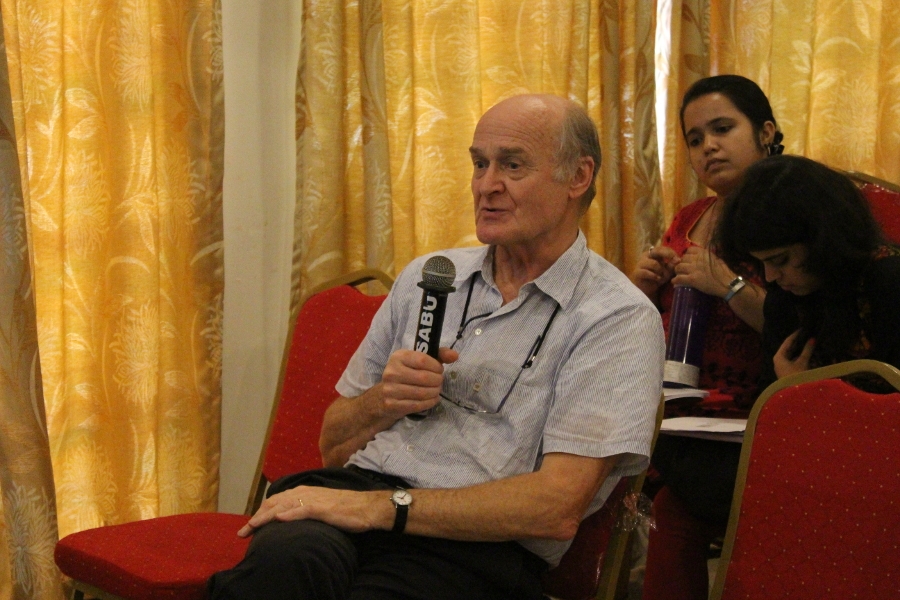
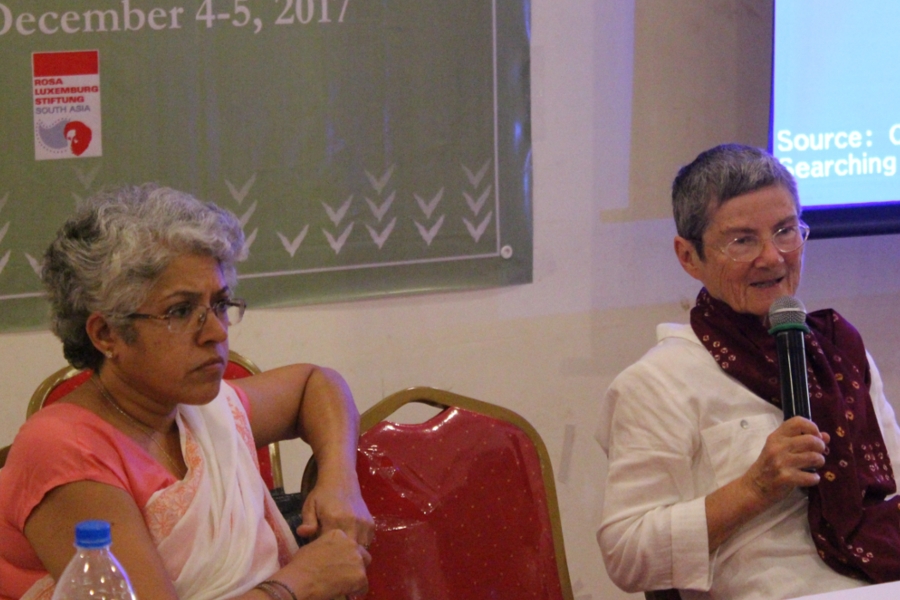
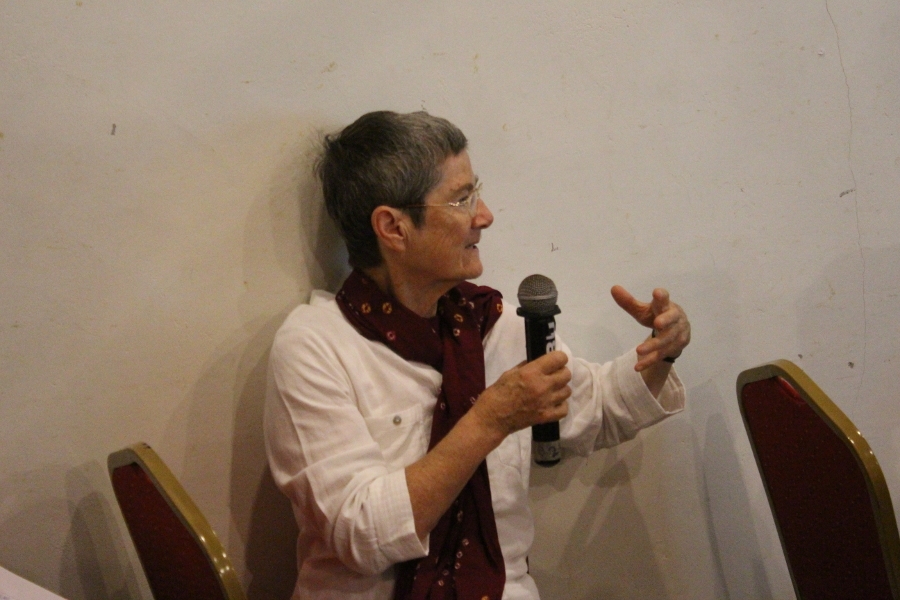
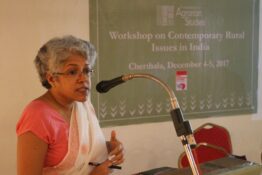
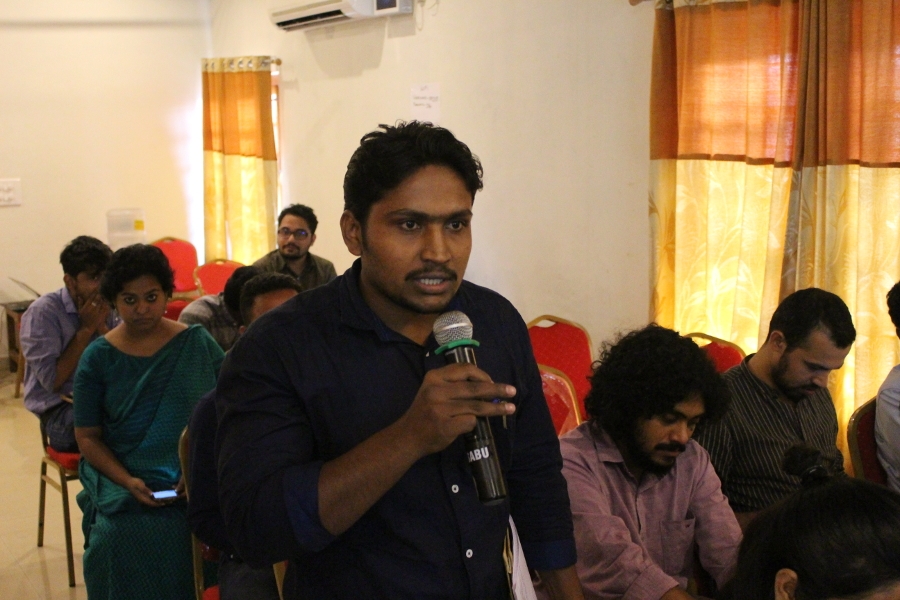
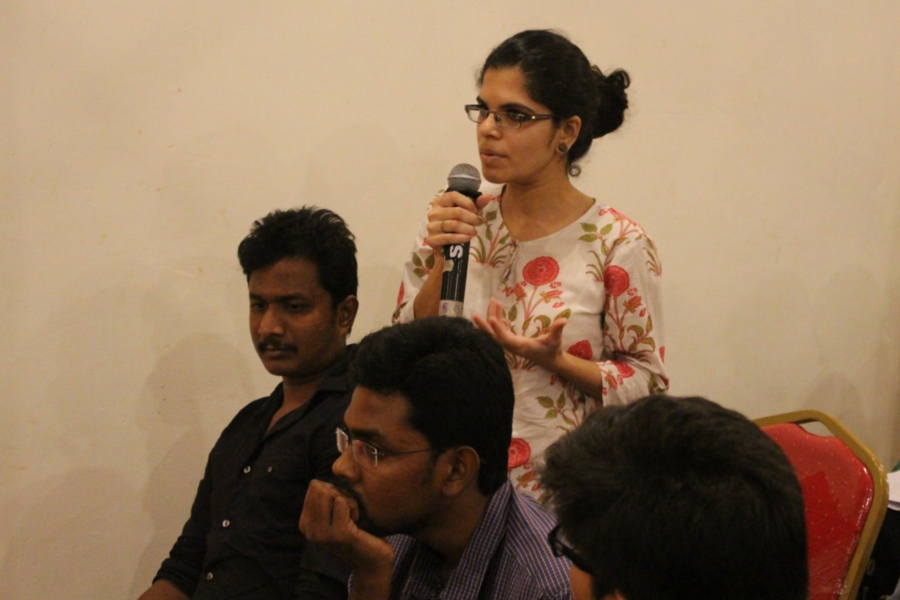
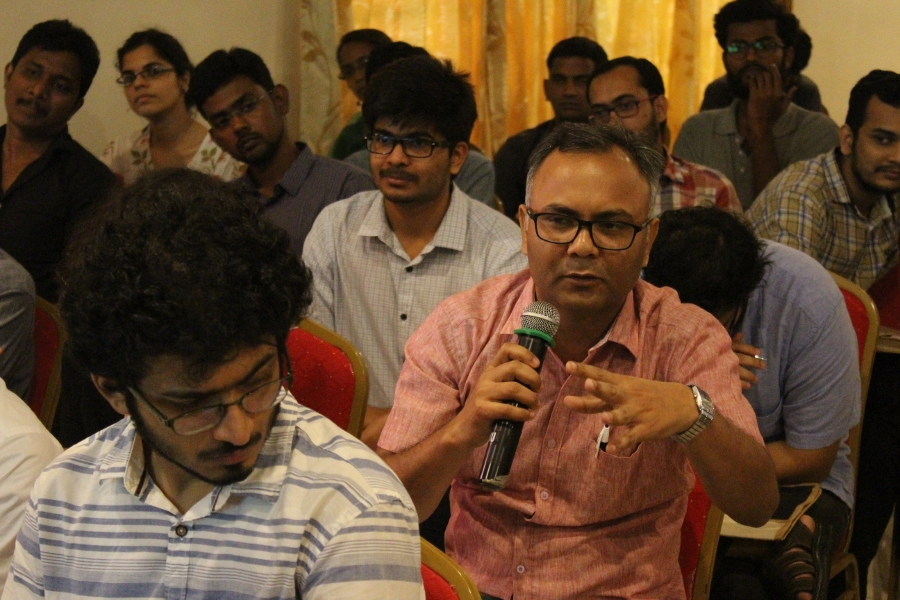
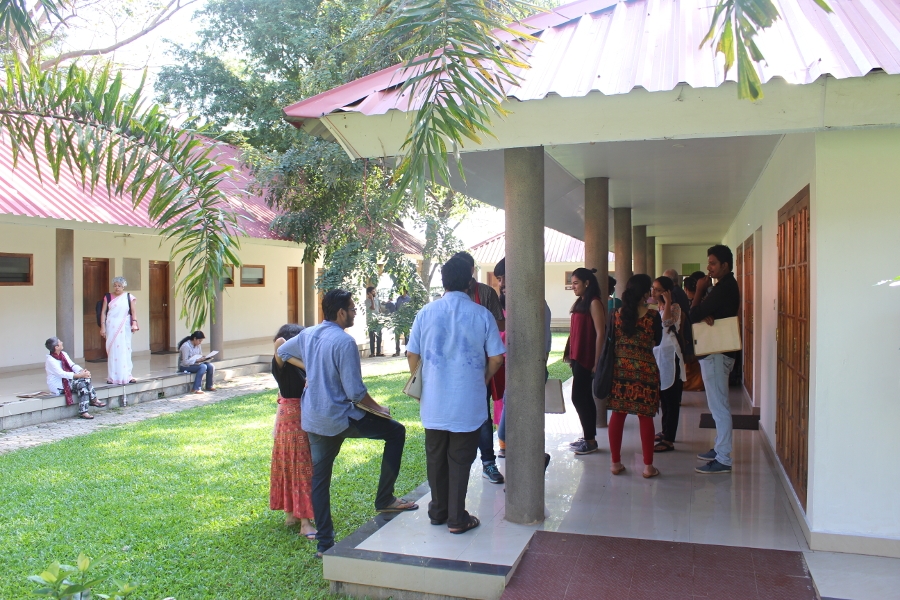
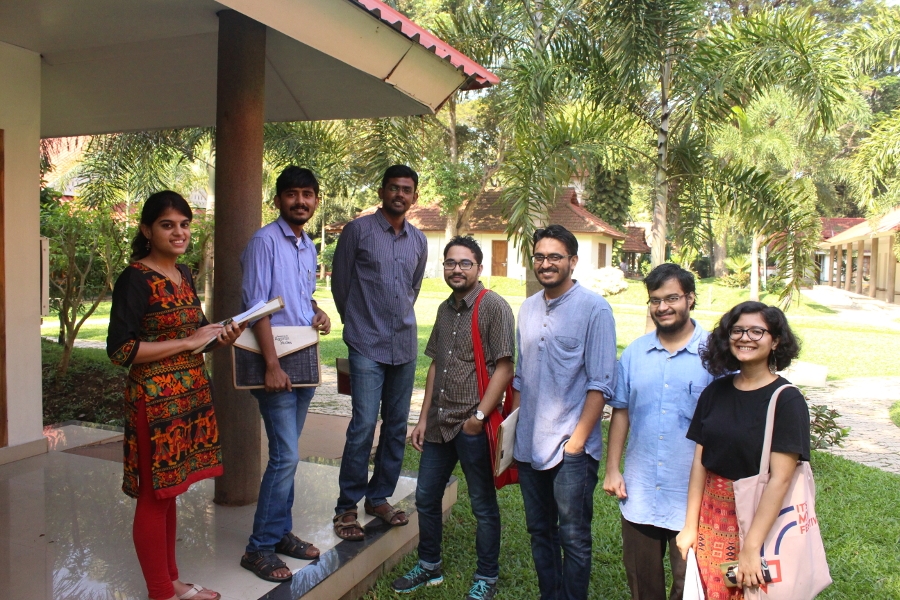
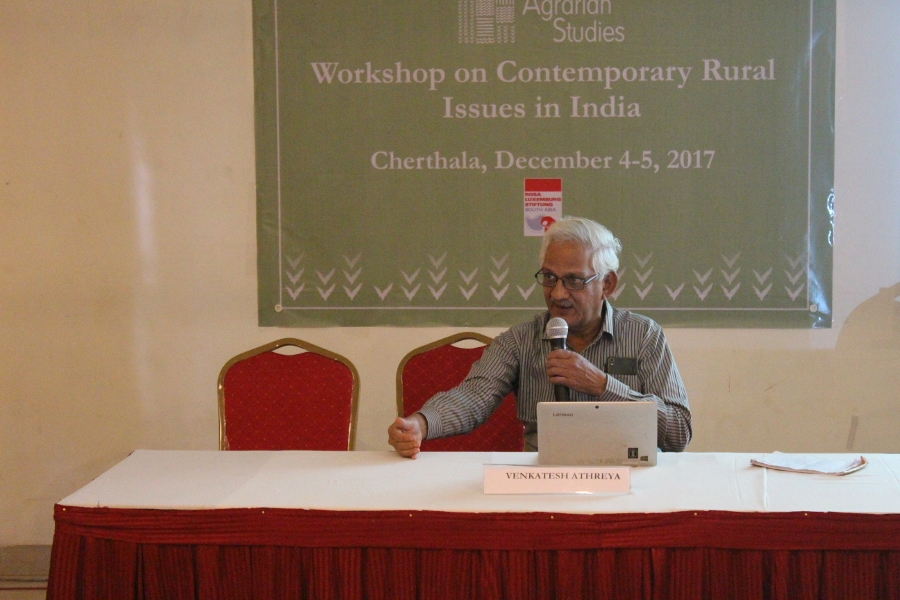
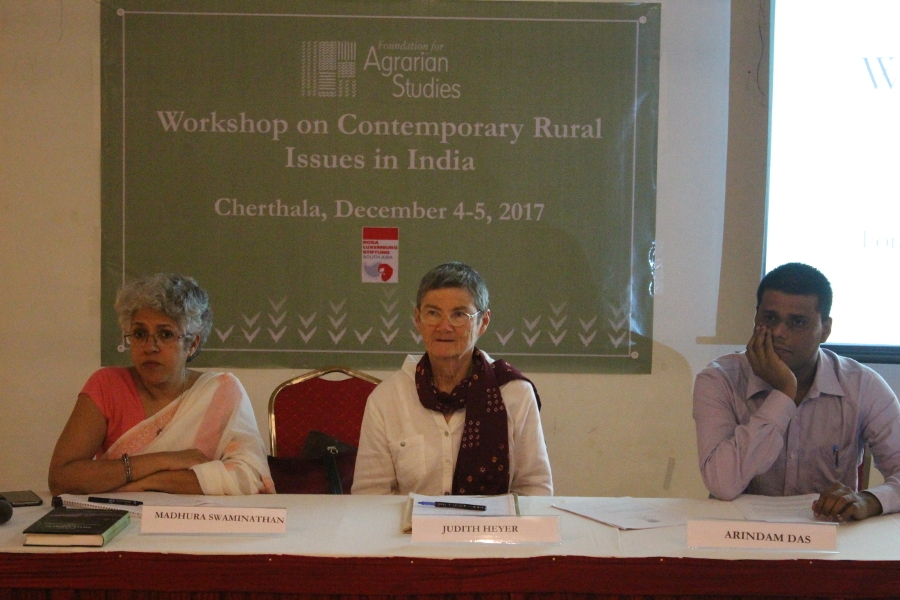
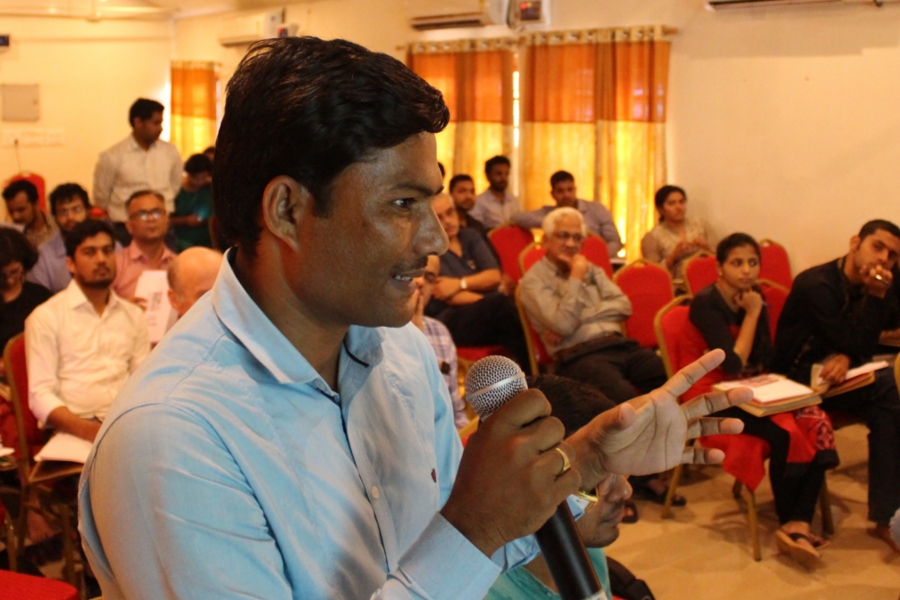
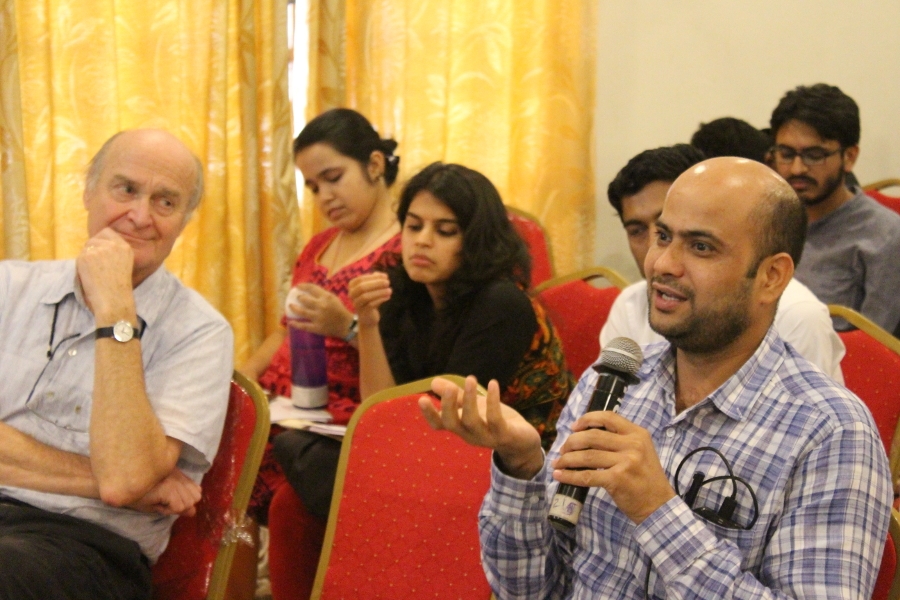
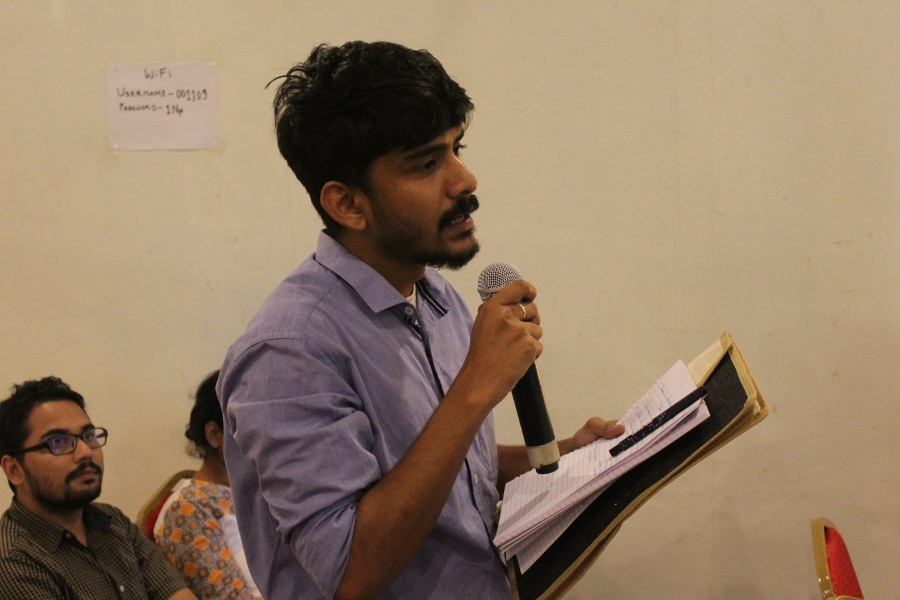
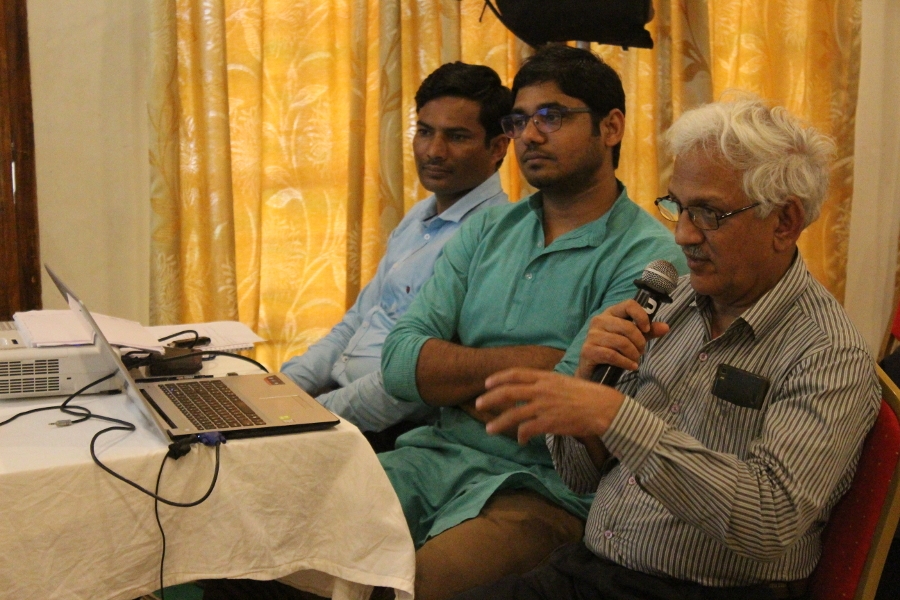
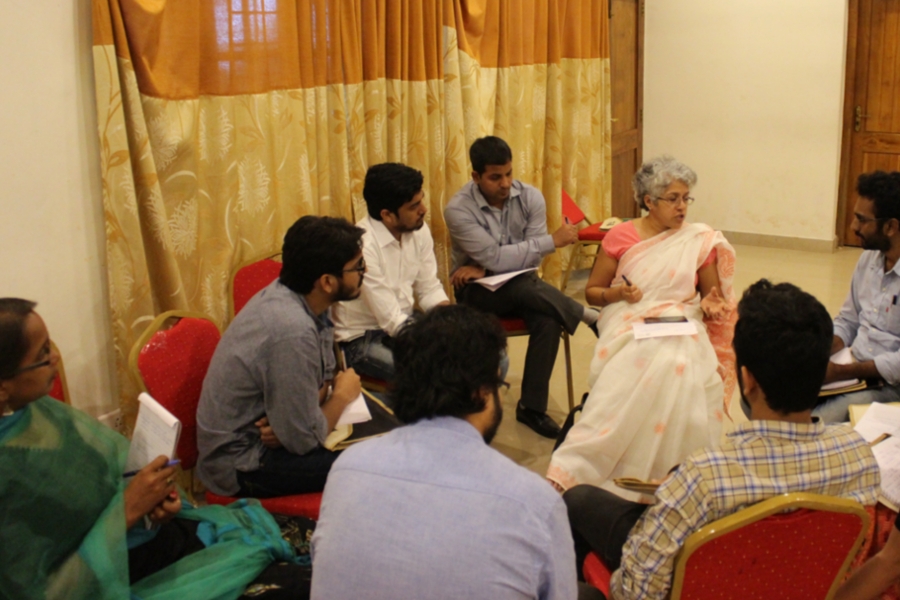
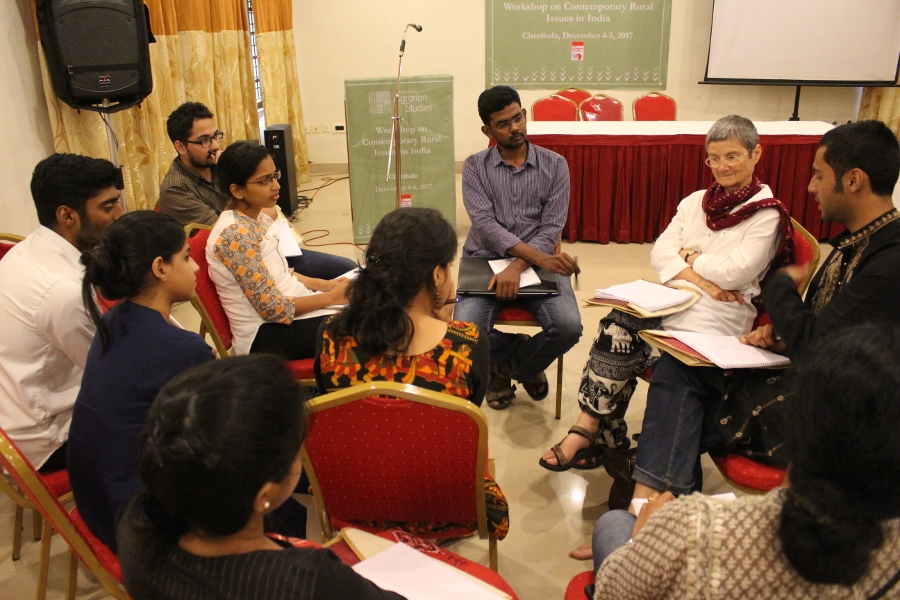
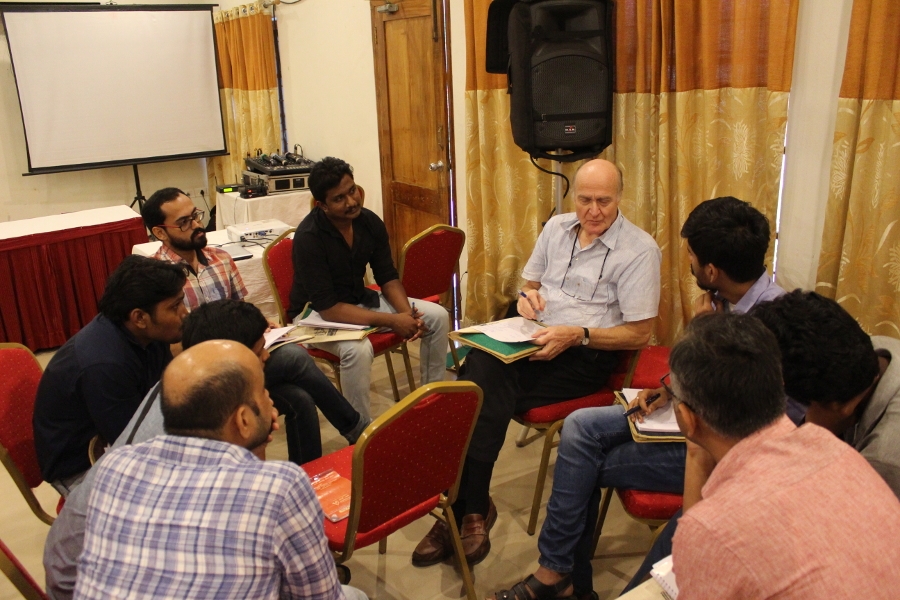

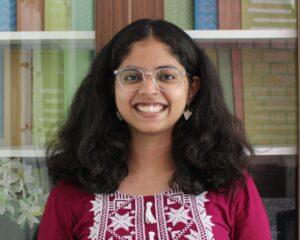
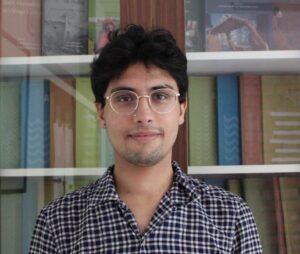

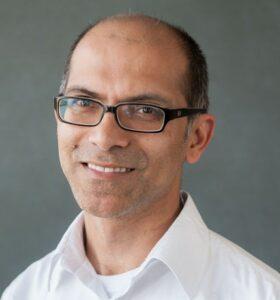
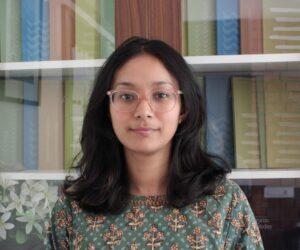

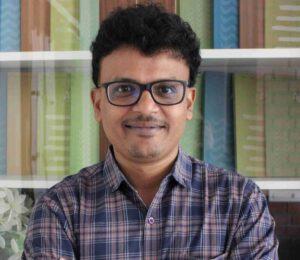
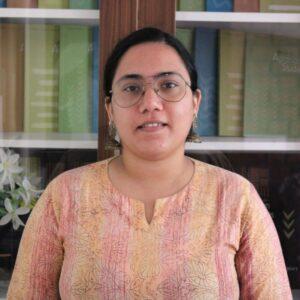
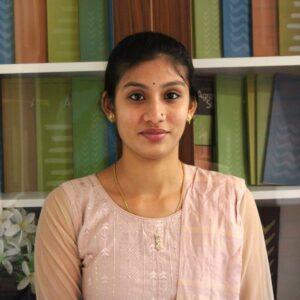
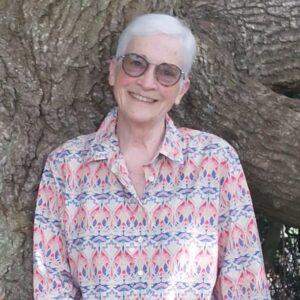




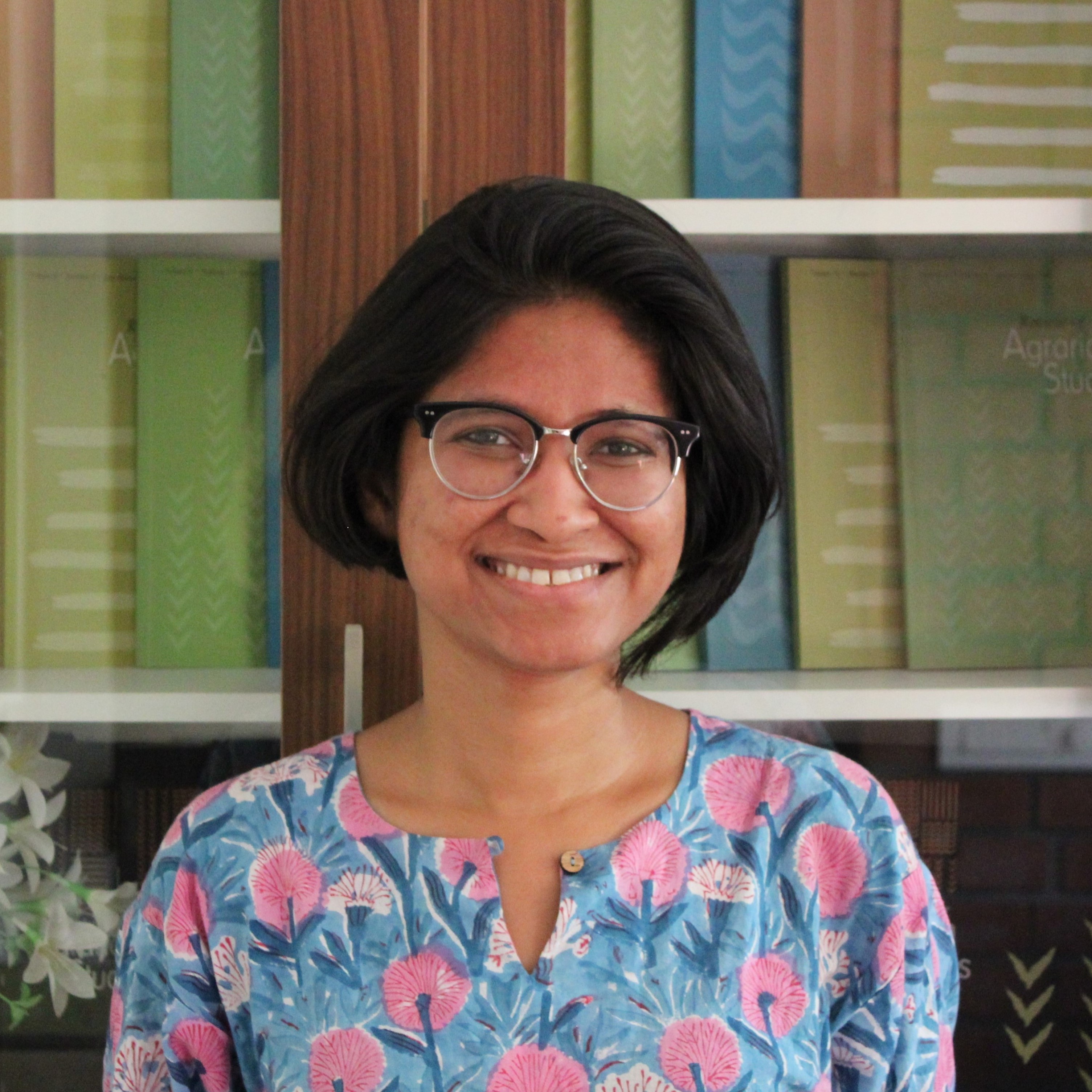
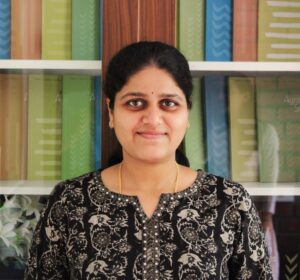
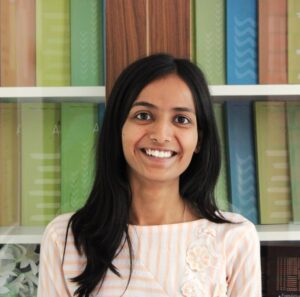
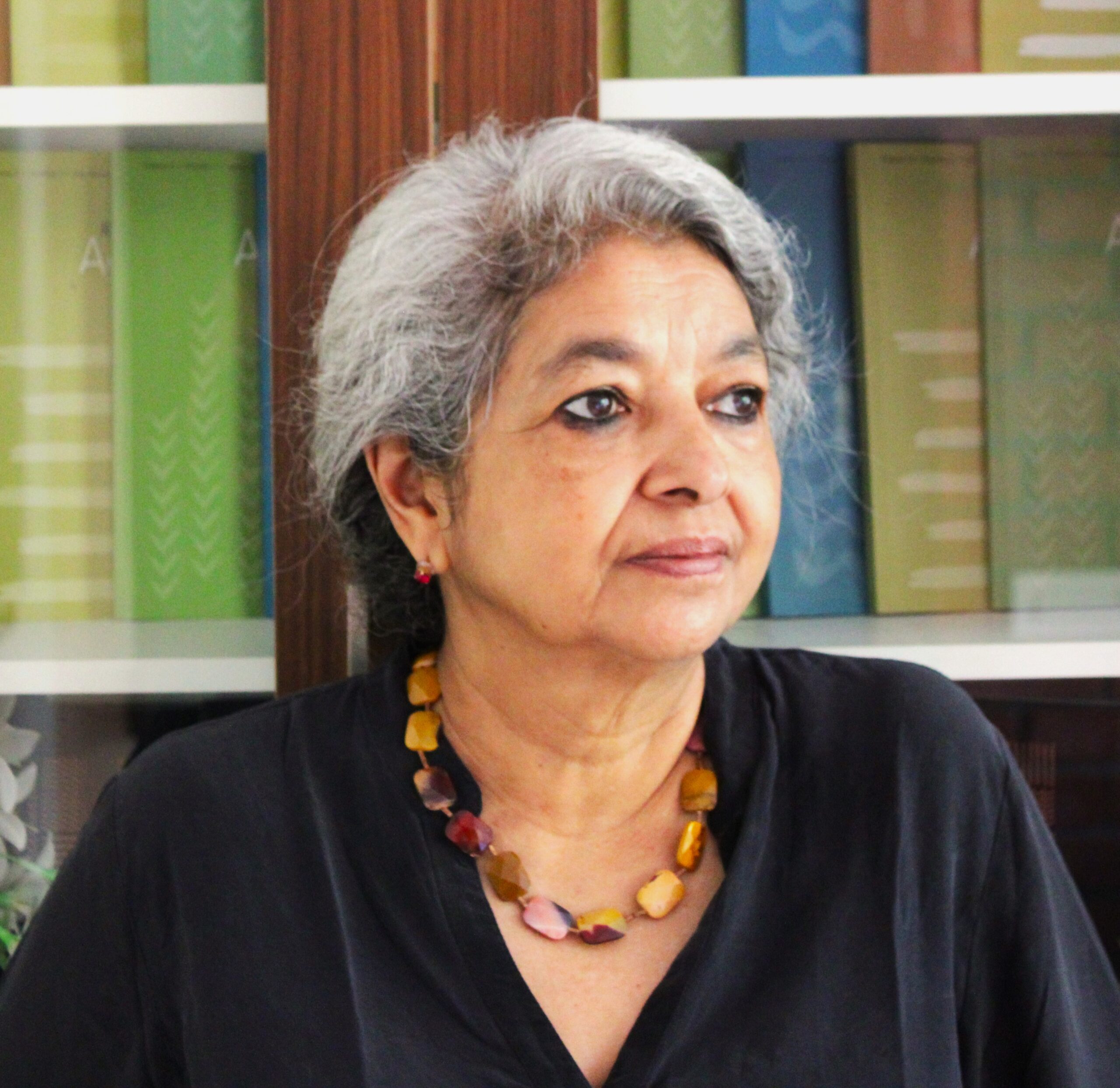


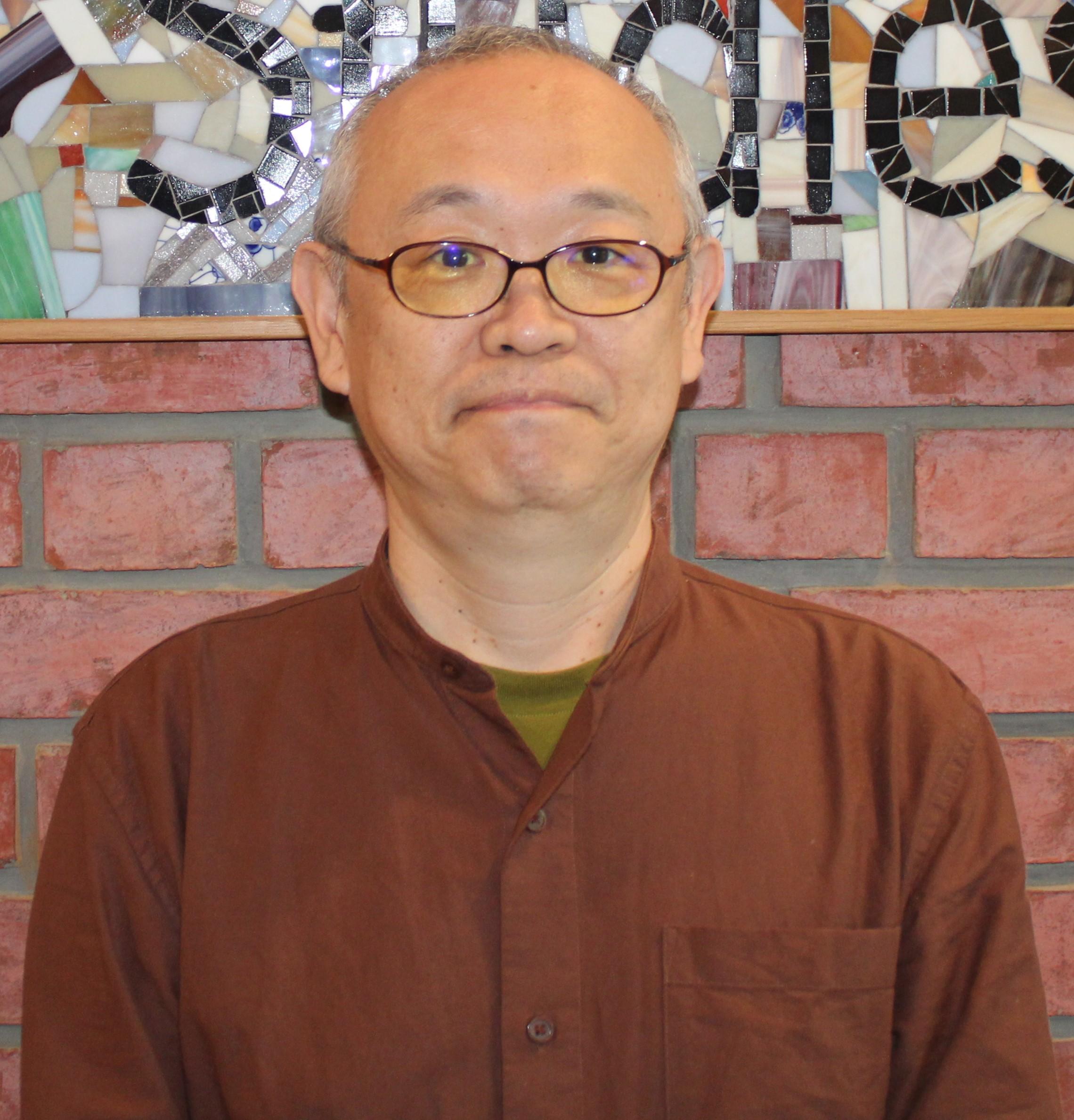



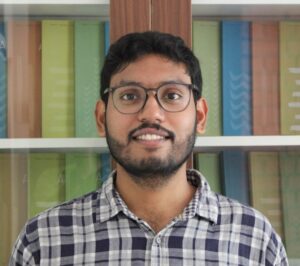
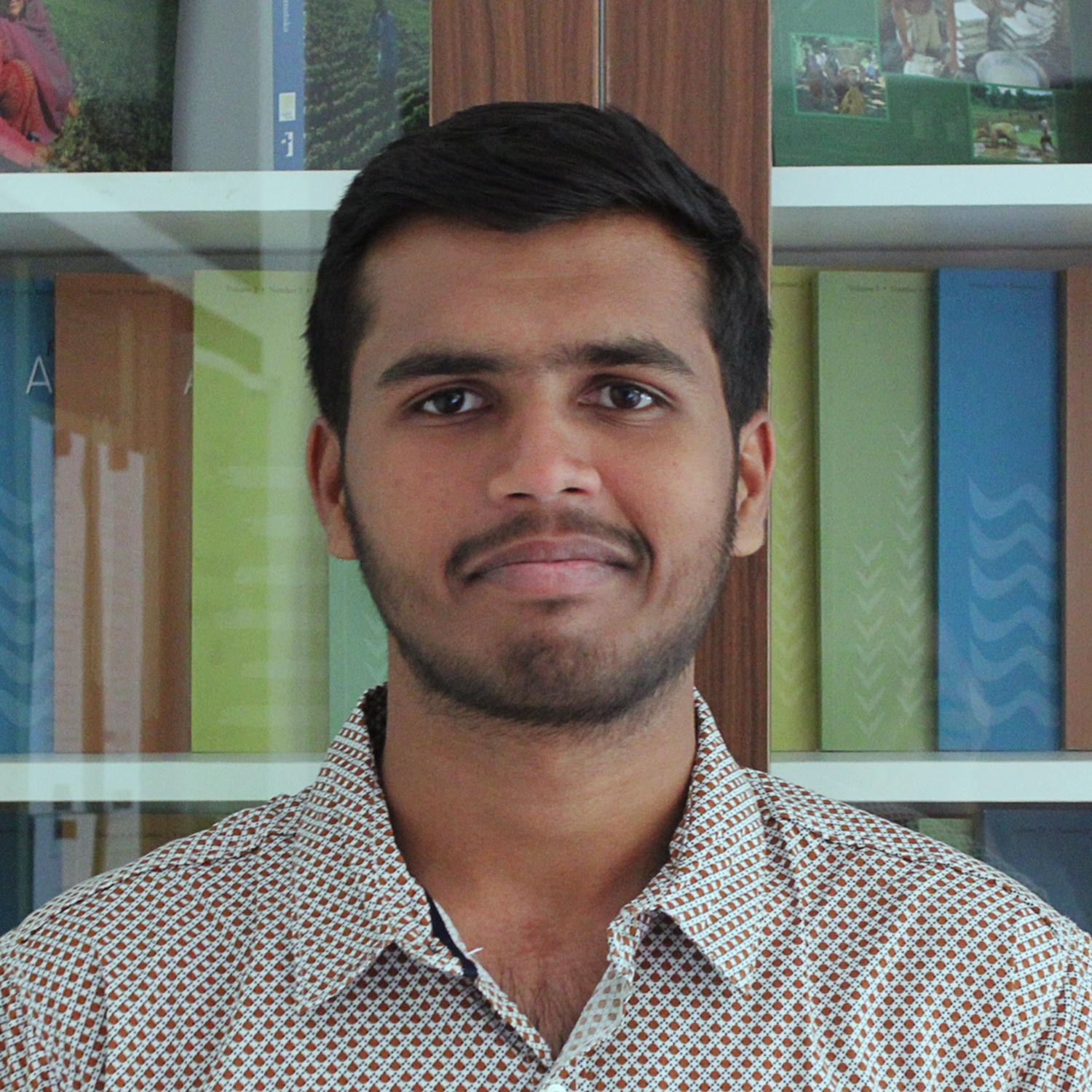

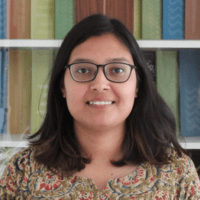
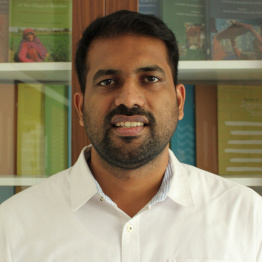

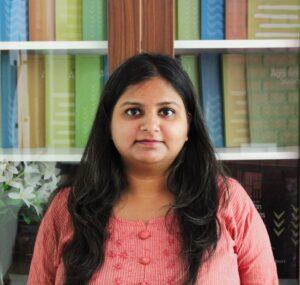



























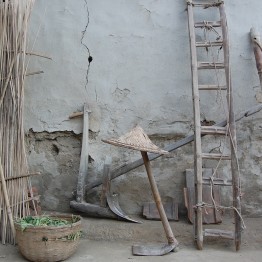
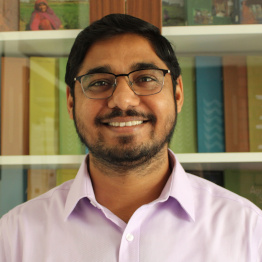
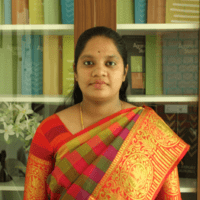 Sudha is an Administrative Assistant of the Foundation. She assists the administrative division of the Foundation and also has taken part in fieldwork organised by the Foundation.
Sudha is an Administrative Assistant of the Foundation. She assists the administrative division of the Foundation and also has taken part in fieldwork organised by the Foundation.